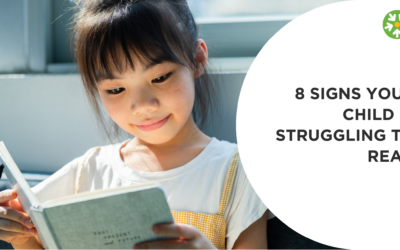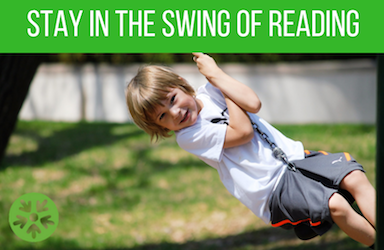You may be reading the title of this blog post and wonder:
What is the Matthew effect?
Why does early intervention matter?
How can I help my struggling reader?
We’re here to shed some light on this intriguing phenomenon and how it effects young readers.
What is the Matthew Effect?
Coined by educational psychologist Keith Stanovich, the Matthew effect suggests that those who excel in reading early on tend to continue on an upward trajectory, while those who struggle may fall further behind.
Why does early intervention matter?
Picture this: you’re at the starting line of a literary race, and some of your fellow readers seem to have a head start. They breeze through pages with ease, devouring books like they’re candy on Halloween night. These skilled readers are more likely to seek out new reading material, engage in challenging texts, and ultimately become a stronger reader.
Meanwhile, others struggle to keep up, feeling like they’re stuck in quicksand with every word they encounter. Struggling readers face barriers that prevent them from accessing the same opportunities. Without early intervention and support, they can fall into a downward spiral of frustration and disengagement, making it even harder to catch up with their peers.
The Matthew Effect underscores the critical importance of early intervention and support for individuals at risk of falling behind in their reading development. By identifying and addressing reading difficulties early on, we can level the playing field and ensure that all readers have the opportunity to thrive.
In essence, the Matthew Effect serves as a poignant reminder of the profound impact of early reading experiences on lifelong literacy outcomes. Through proactive measures and targeted interventions, we can strive to mitigate the disparities engendered by this phenomenon and cultivate a society in which all individuals have the opportunity to realize their full potential as readers and lifelong learners.
How can I help my struggling reader?
Due to the Matthew effect, struggling readers may become frustrated and avoid reading, causing them to fall behind and making it hard to catch up. Therefore, it is crucial that struggling readers learn to read with targeted instruction based on best practices in the field of Scientifically-Based Reading Research and the Science of Reading. With proper instruction and support, struggling readers CAN catch up with their peers in the literary race.
Want to learn more about how Langsford instruction can help your struggling reader? Join us for a webinar on March 12th or April 17th , where we will discuss the Core Pillars of the Langsford Method and how we help students improve their reading by an average of 2 ½ grade levels in 14 weeks.




